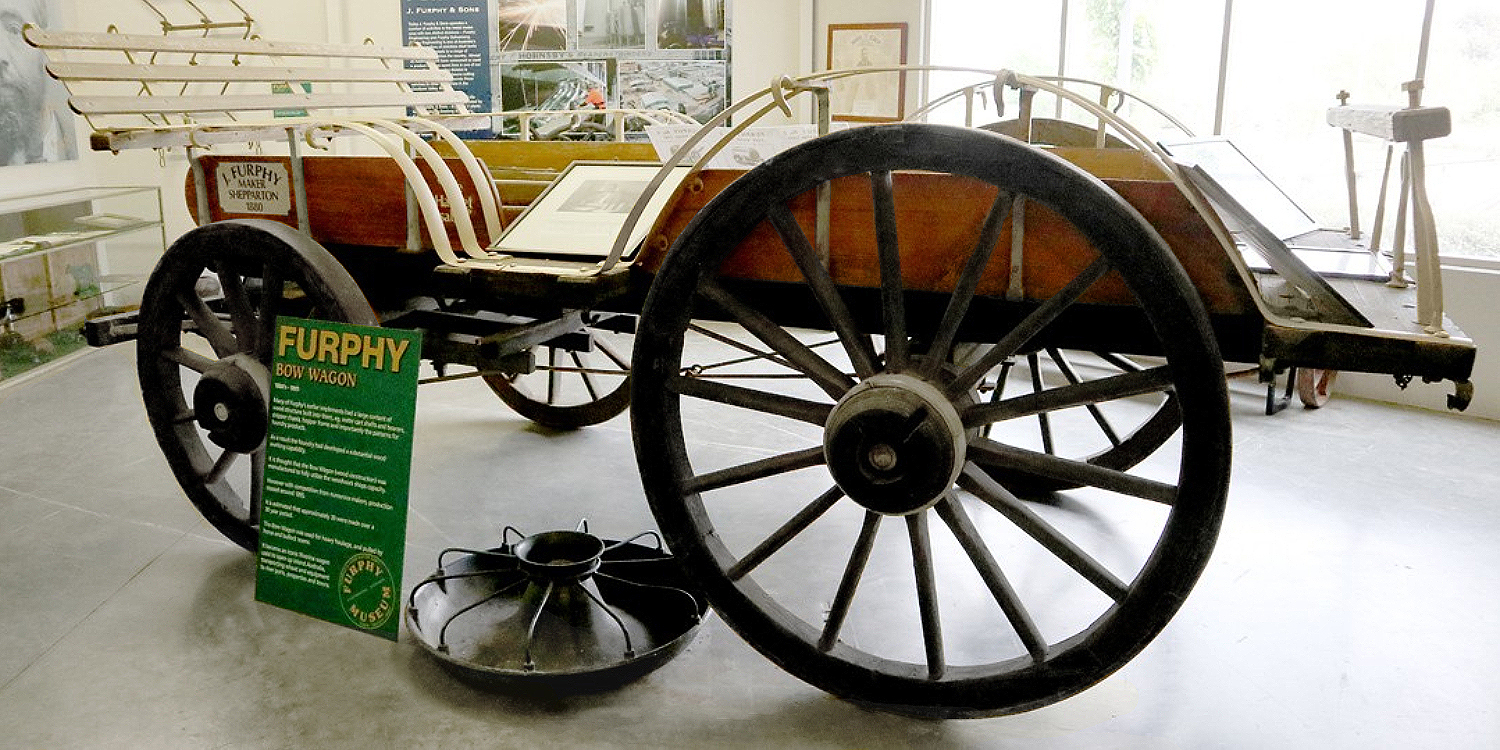Many of Furphy’s earlier implements had a large content of wood built into them, for example, the water cart shafts and bearers, stripper chassis, hopper frame and importantly the patterns for foundry products.
As a result, the foundry developed a substantial wood working capability, which ironically it is replicating today as more and more structures such as timber park shelters and restrooms are being manufactured on site.
It is thought that the Bow Wagon (wood construction) was manufactured to fully utilized the woodwork shop’s capacity.
However, with competition from numerous makers, production ceased around 1895. It is estimated that about 30 were made over a 30-year period.
The Bow Wagon was used for heavily haulage and pulled by horse and bullock teams.
It became an iconic Riverina wagon used to pioneer inland Australia, transporting wheat and equipment to river ports, properties and towns. You can see the bow wagon, amongst an amazing array of other historic items, at the Furphy Story website.





